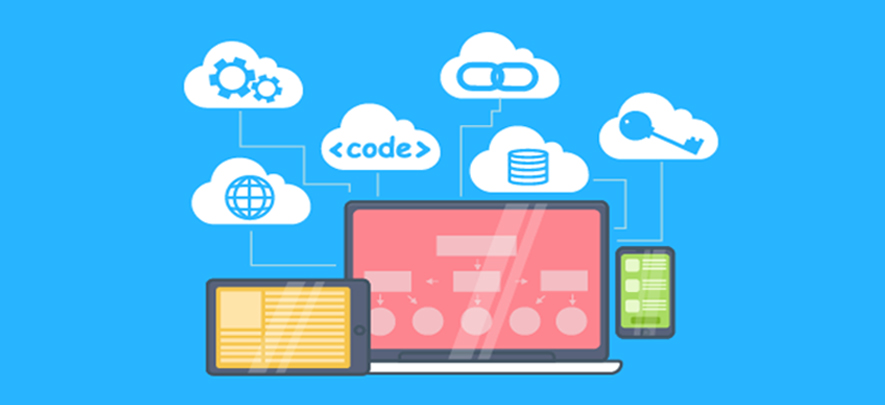SaaS Platform - A smart way to run & grow business

Digital & Technology
294 week ago — 5 min read
Background: Software as a service (SaaS) is a software distribution model in which a third-party provider hosts applications and makes them available to customers over the Internet. In his previous article Kendrick De Figueiredo Melo debunked some common myths about digital transformation. Here he shares the advantages of a SaaS platform.
Software as a Service (SaaS) is a licensing and delivery model of the software hosted on servers on a subscription basis. SaaS allows the user to access software from any device via the internet. Users can work from anywhere as long as they can go online. It is a common delivery model for many business applications to manage projects and tasks, sales pipeline, customer support, collaboration and knowledge management and much more.
Software as a Service (SaaS) is a licensing and delivery model of the software hosted on servers on a subscription basis. SaaS allows the user to access software from any device via the internet.
SaaS model as we know today was shaped back in the 1960s when mainframe providers like IBM shared computing power and database storage facility to large organizations like banks, insurance companies, stock exchanges.
Generally, SaaS providers charge monthly or annual subscription fees. Thus, reducing the upfront cost of deployment of traditional software providers where they change unlike one-time license fee along with additional charges for support and maintenance as well.
Also read: Guide to flawless digital transformation
Some SaaS vendors offer applications using the freemium model. This model helps users to understand the intricacies and evaluate whether the application solves their problems or not.
Common characteristics of SaaS applications:
- Easy to scale because of flexible subscription-based licensing
- Companies get what they need and pay for what they use according to a tiered pricing structure
- Faster deployment which reduces efforts for installation
- Regular security and feature update over cloud instead of manual update
- No requirement of additional IT infrastructure or overhauling of hardware just to use the app
- Users can work on PC or smartphones with internet connection irrespective of location (Some PWA based SaaS allow offline functionality as well)
- Provision of training videos, webinars and everything else to train new users of the SaaS platform
- Based on SLA while making a purchase of SaaS platform, SaaS vendors are bound to provide access to user data even if they go bankrupt
- Access to user behavior within the applications (via web analytics) helps in the identification of areas for improvement
- Uniform API technology of SaaS Applications and other internet services promotes the development of lightweight apps that leverage the combination of data & functionality
Even though SaaS has multiple benefits, this model has its own limitations which prohibit this model from being used in some cases. It is not suitable for applications that demand response time in milliseconds like High-Frequency Trading (HFT) firms or Hedge Funds Firms and other alike. SaaS model is also not viable for the organisations when they have very large and sensitive data as the cloud deployment increases the risk of data security breach and cost of storing and accessing data over the internet.
SaaS model may be a better solution for small and medium business but if the business is large or its processes are complex, the legacy on-premise deployment is the way to go.
Conclusion
Business owners are always looking for cost-effective and latest solutions that help in achieving their goals. They don’t want the hassle of maintaining security, uptime, and performance.
SaaS providers take care of all these pain points which mean businesses can operate hassle-free and business owners can tick one thing off their worry list.
Also read: How SMEs can succeed in a digital world
To explore business opportunities, link with me by clicking on the 'Invite' button on my eBiz Card
Disclaimer: The views and opinions expressed in this article are those of the author and do not necessarily reflect the views, official policy or position of GlobalLinker.
Posted by
Kendrick Bradney De Figueiredo MeloDigital Transformation and Social Collaboration for Businesses. Simple and Agile Digital Workplace. A seamless way to market, sell, support and manage your organization.
View Kendrick 's profile
Other articles written by Kendrick De Figueiredo Melo
Productivity in the age of information overload
291 week ago
Most read this week
Trending
Ecommerce 4 days ago












Comments
Share this content
Please login or Register to join the discussion